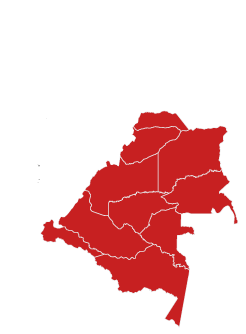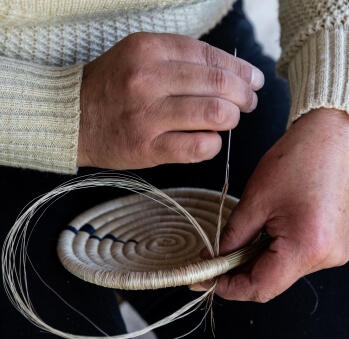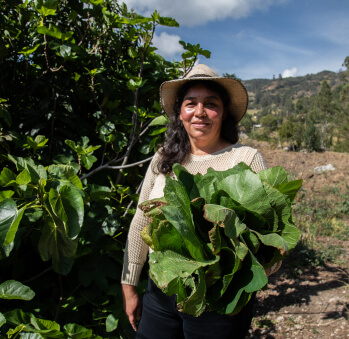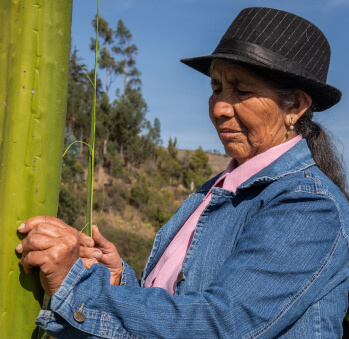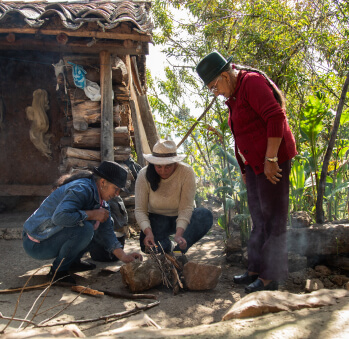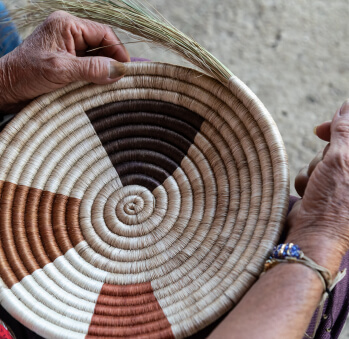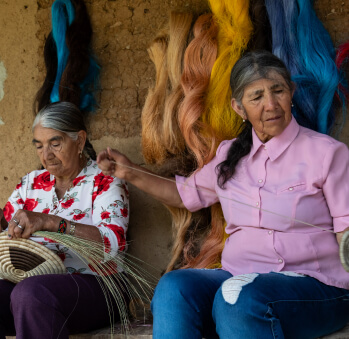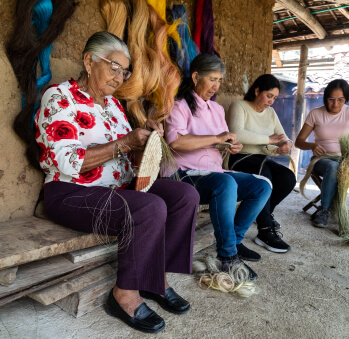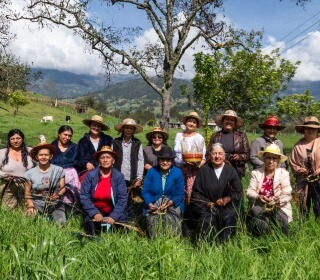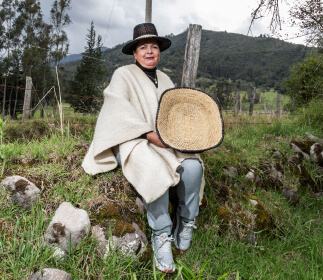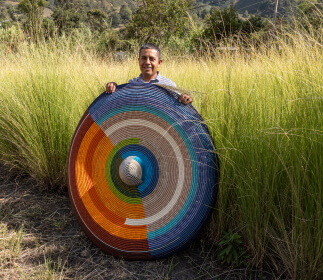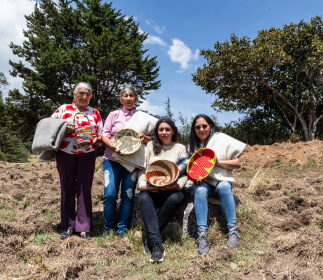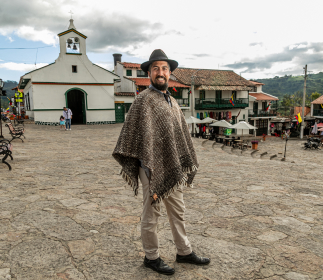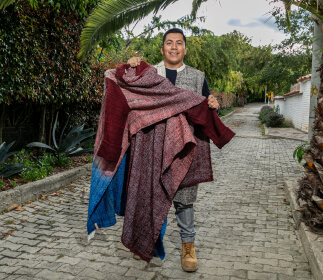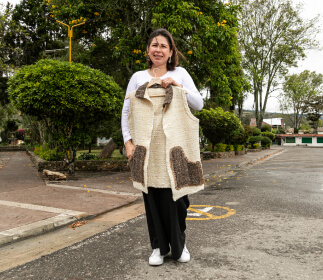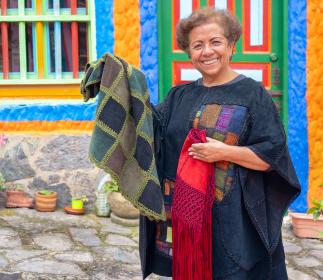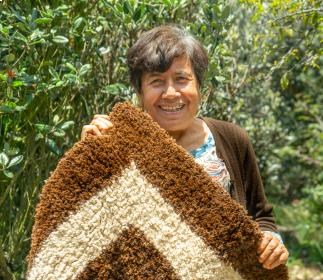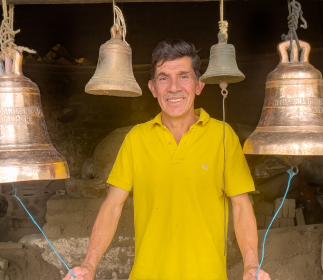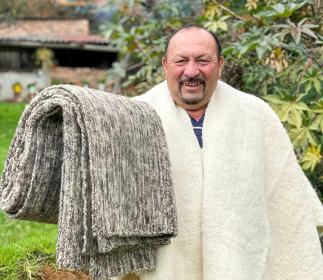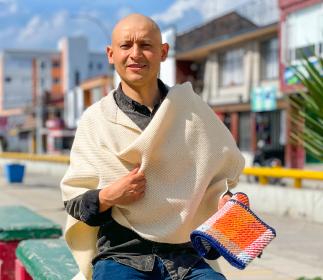Asociación de artesanos de Guacamayas
Workshop: ASOARTESGUA
Craft: Basketry
Trail: Paipa-Iza and Paipa - Guacamayas Route
Location: Guacamayas, Boyacá
A basket can also be a clock. In the outskirts of Guacamayas, the baskets made by the women of Asoartesgua mark time—not just because they hold food, cloth, or papers, but because each one takes a full week to make. The stitches themselves track the passing days, from Monday to Sunday, when they bring their work to town to sell. Every stitch is a sliver of time, carved out from the busy rhythms of rural life to complete a single piece. And the fact that it takes a whole week says something: this is slow work. Work that demands patience. Work that no machine can replicate.
They didn’t learn it from the internet. They learned by watching other women. And their designs aren’t painted on. Instead, colored threads of fique are wrapped, stitch by stitch, around little bundles of straw. To get it right, they must measure carefully—and they do, by eye alone. Their bodies know the measures by heart: the strength needed in the left hand to tighten and build the straw soul that spirals outward, and the precision in the right hand to pierce the needle just after the last stitch. Their hands also carry the knowledge needed to prepare food—like ruyas or chorotas soup that brings back childhood memories. They shape flour from wheat or corn into small balls that fall into boiling water flavored with onion and parsley.
In the midst of everything that must be done in a day, sitting down to weave offers rest for the legs and the mind. There’s breakfast to make, livestock to care for, chickens, cats, and dogs to feed, gardens to tend with wheat, maize, beans, potatoes, cilantro, and onions. The fire must be kept alive, lunch cooked, and if there are children or grandchildren, they too need tending. So when the women finally sit, they focus, and their worries fade—the fear for children who have migrated to the city, the aches and pains. They forget everything as they weave to the rhythm of the radio.
For a long time, they lived only off what the land gave them and what their own hand could grow, harvest and tend. But one day, they realized a basket could give them a bit more—enough to buy what didn’t grow: salt, pasta, rice. And so these handwoven pieces became a key part of the household economy. Today, the baskets are the signature craft of their town.
The women of Asoartesgua—formally organized since 2004—are lively, sharp-witted, and full of stories. They grew up on barley soup, cuchuco, mute, and ruyas broth in times when the only things they bought were salt, panela, and chocolate for Holy Week. They remember the days of barter—coming home from the fields with their cantado, pockets full of maize or potatoes. And so, in time measured by baskets, they’ve watched everything change: their children grow and leave for the city, visits become scarce, traditions forgotten. They’ve watched their kids forget how to make the soups they once devoured. They’ve seen how onions stopped growing because of climate change, and how more and more fertilizers and pesticides are needed—things they never used before. They’ve watched experiments to replace straw with banana fiber or even fique fail—nothing matches the material they’ve always known. But through all of life’s twists and turns, one thing remains unchanged: the presence of straw at the heart of every coil, the soul of each basket—and the soul of wisdom in their hands.
Craft

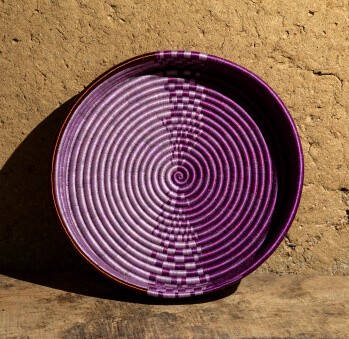
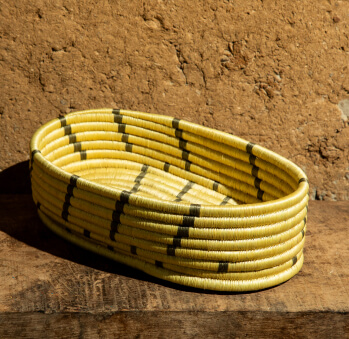
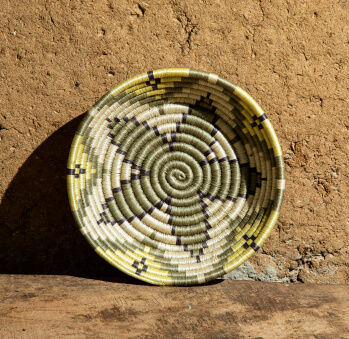

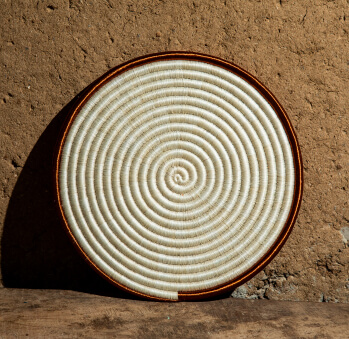
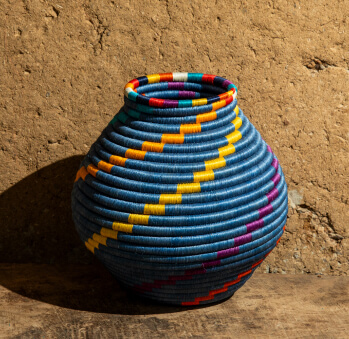
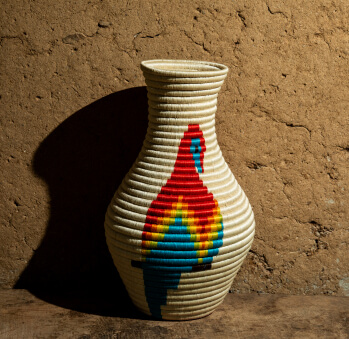
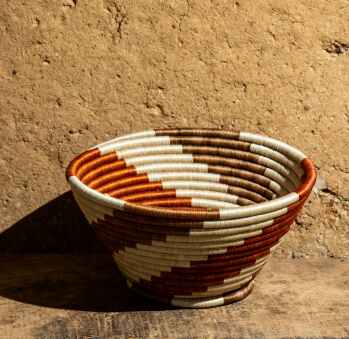









Artisans along the way
Artisans along the way
No puede copiar contenido de esta página

